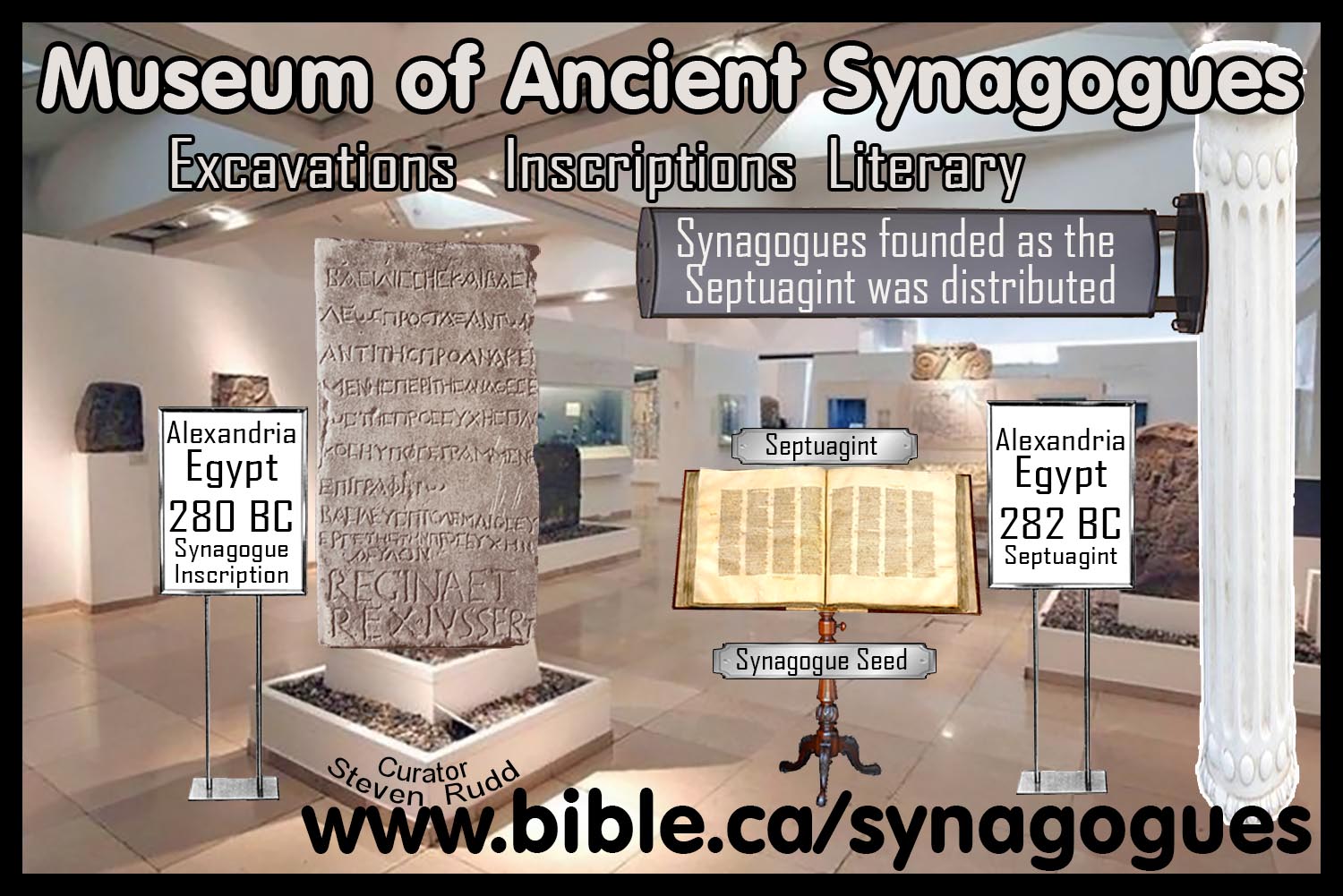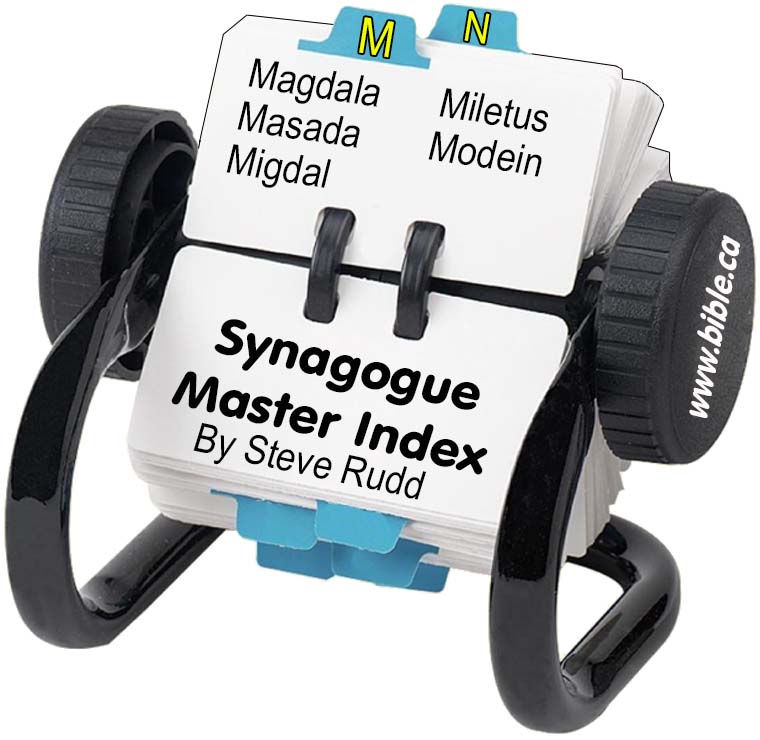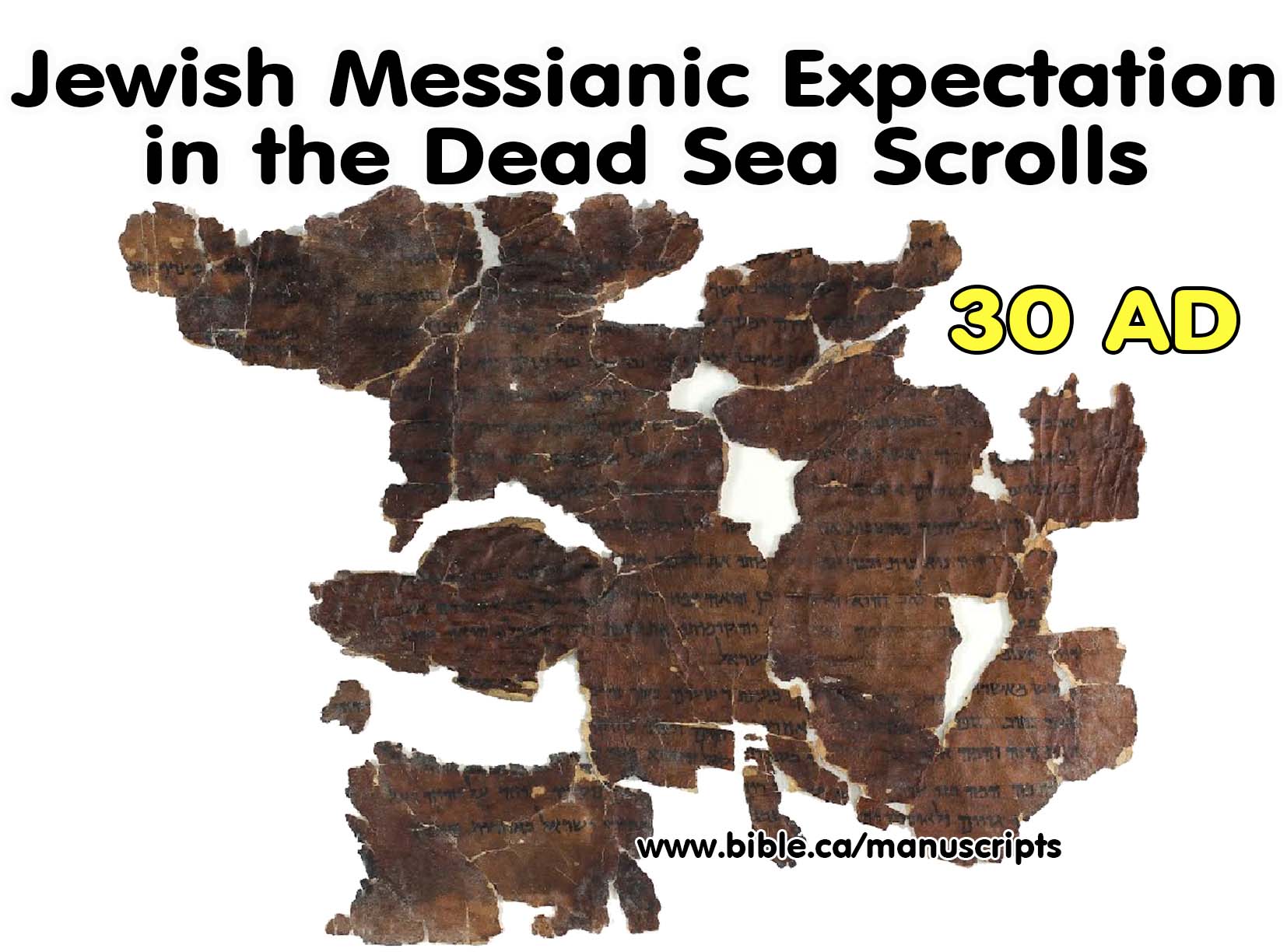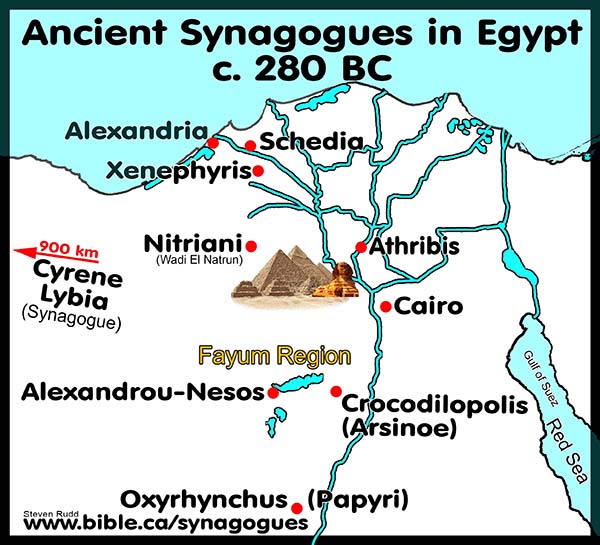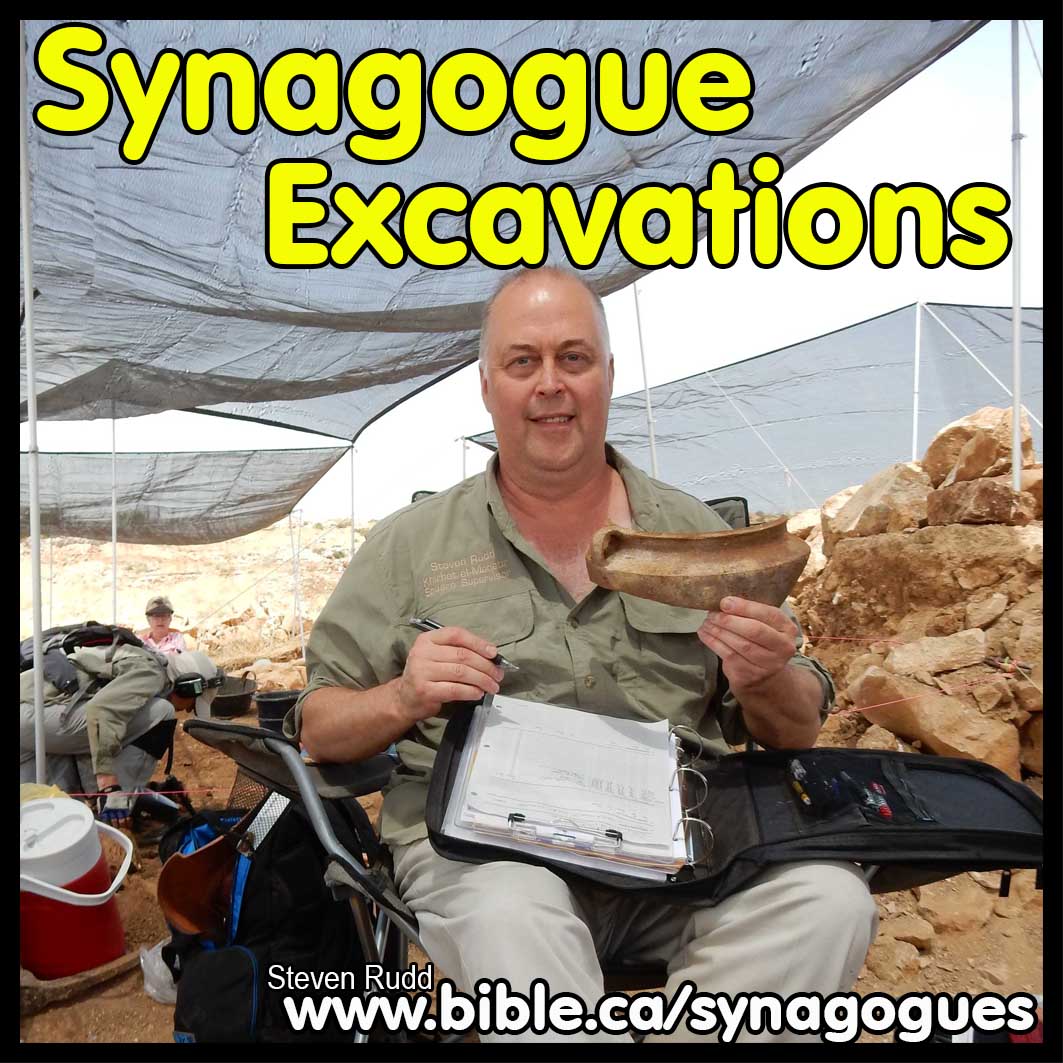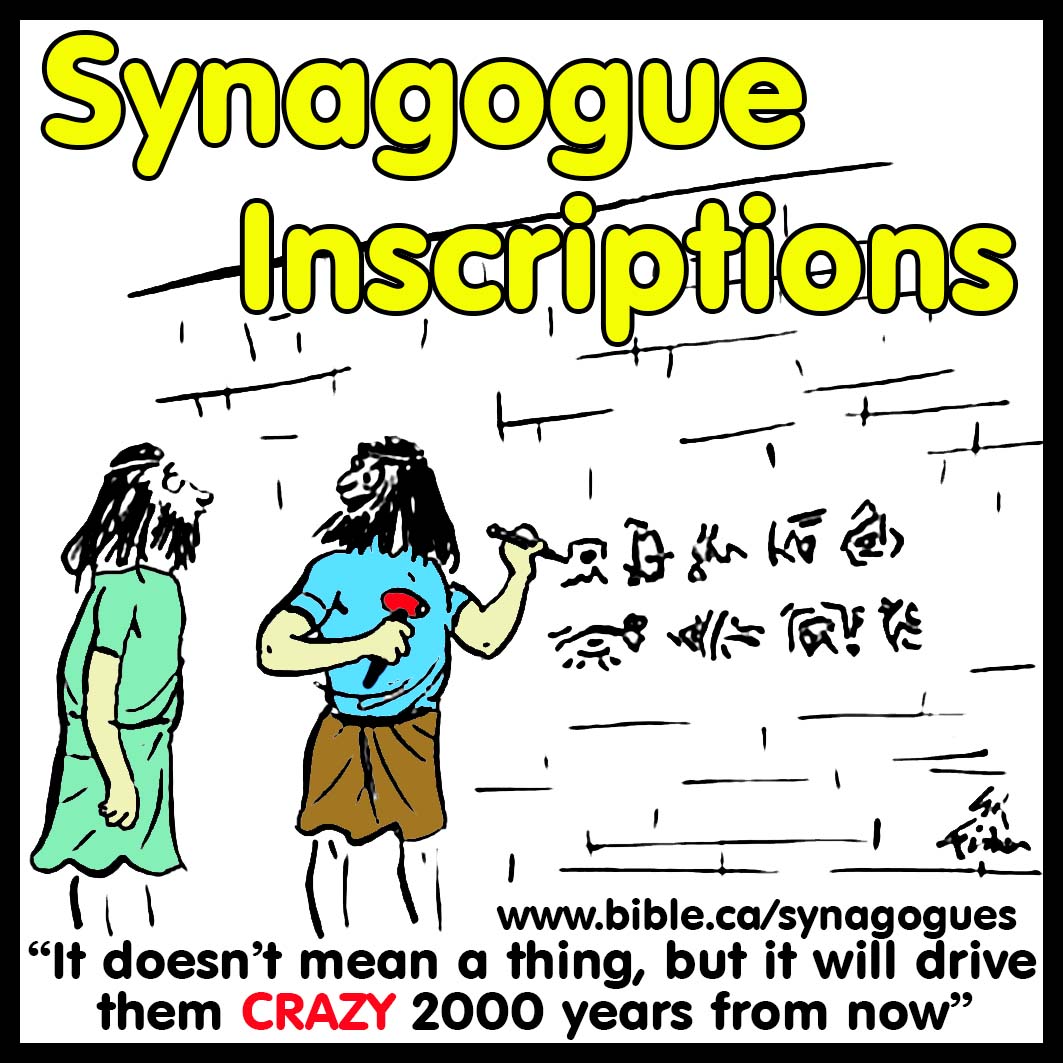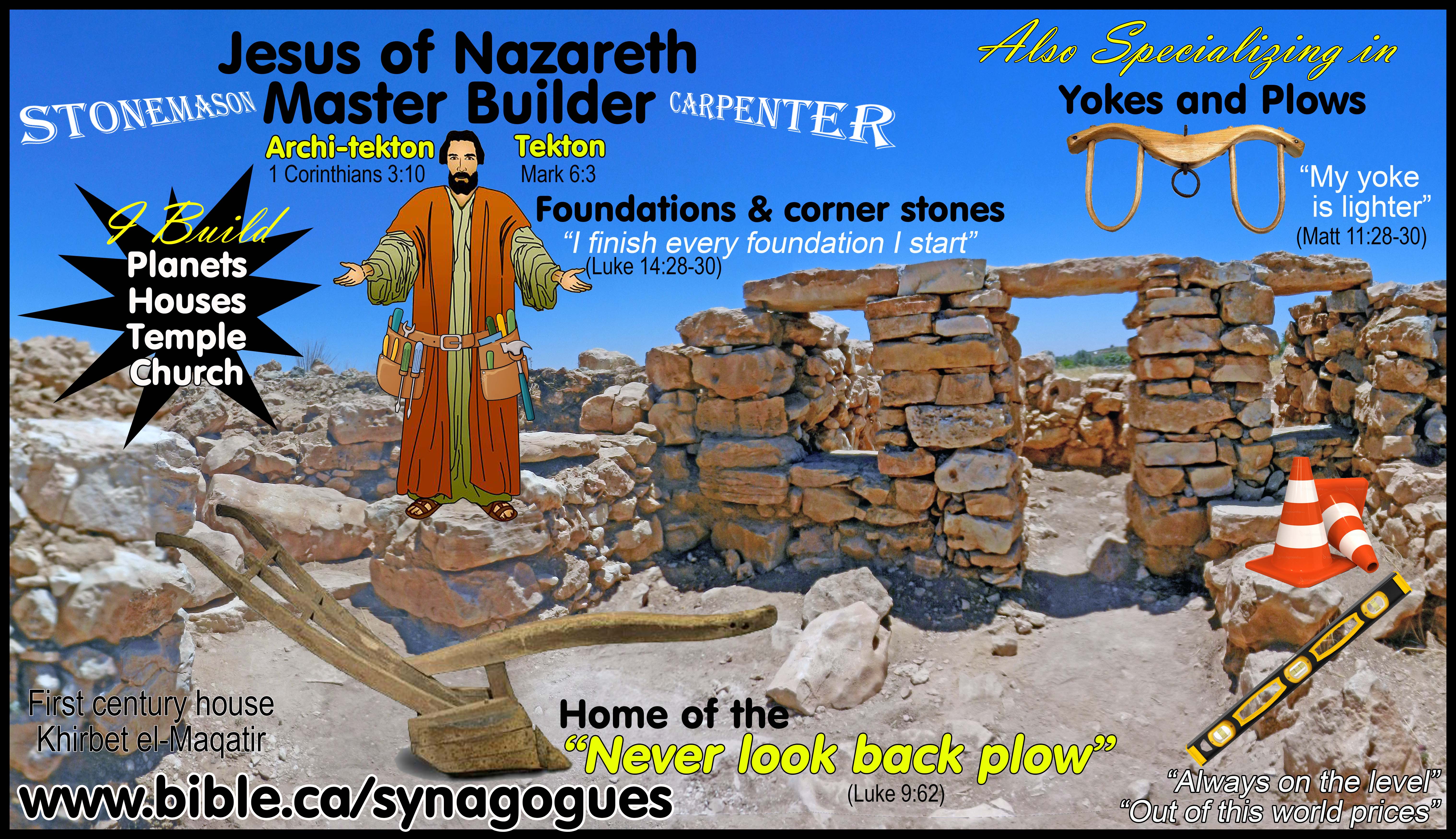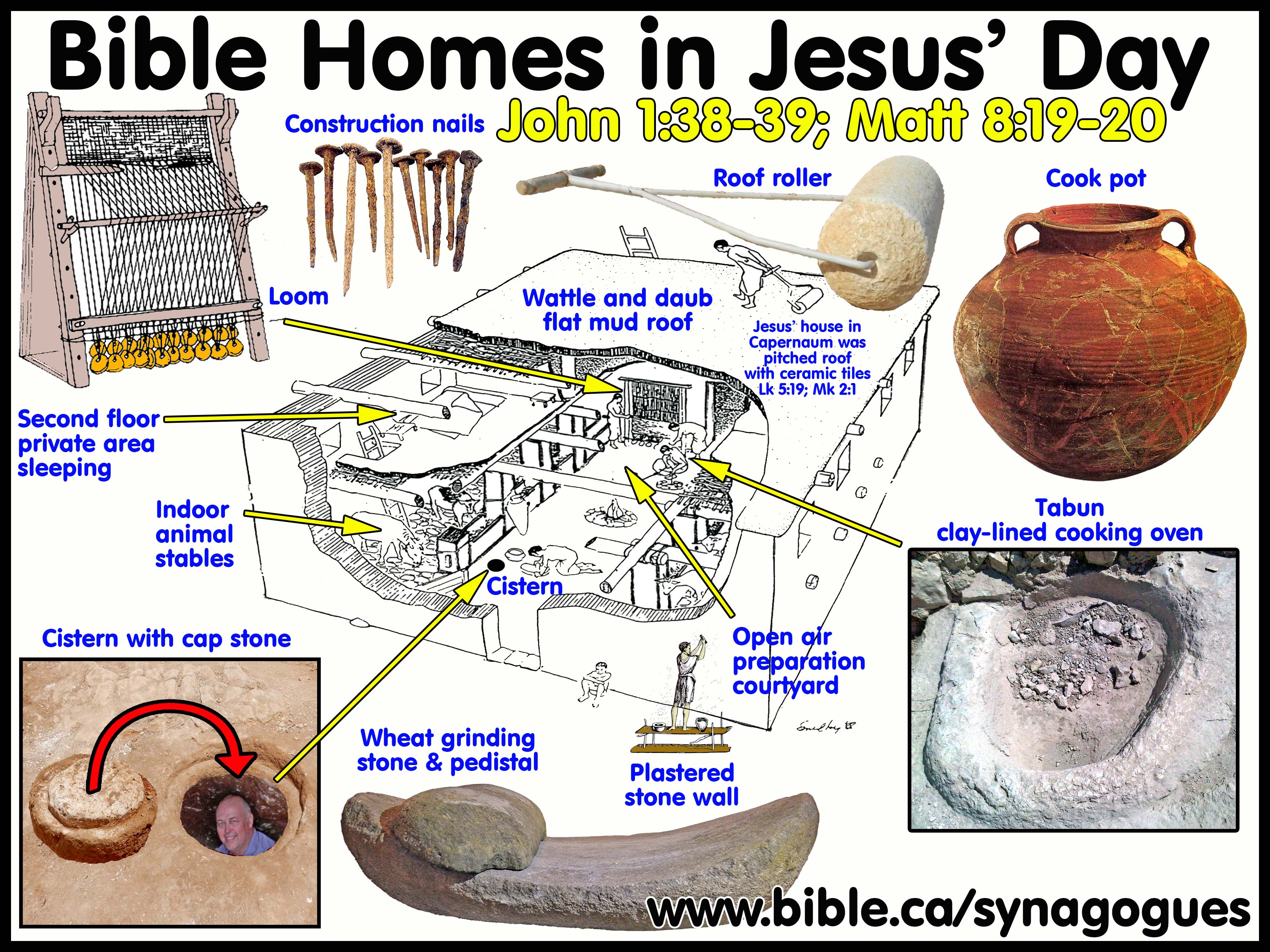“On this Rock, I will build My church”
Ancient Synagogue Worship and the Church
Synagogue worship was the prototype for Christian Church.
|
PRAYER IN SYNAGOGUES |
A. Transition of Prayer form Temple worship to synagogue to Church:
1. Temple worship directed the Jews to physically face Jerusalem in their personal prayers
a. "Now when Daniel knew that the document was signed, he entered his house (now in his roof chamber he had windows open toward Jerusalem); and he continued kneeling on his knees three times a day, praying and giving thanks before his God, as he had been doing previously." (Daniel 6:10)
b. "Now Peter and John were going up to the [Jerusalem] temple at the ninth hour, the hour of prayer." (Acts 3:1)
a. "When Your people go out to battle against their enemies, by whatever way You shall send them, and they pray to You toward this city which You have chosen and the house which I have built for Your name, then hear from heaven their prayer and their supplication, and maintain their cause." (2 Chronicles 6:34–35)
b. The political theocratic ideology of Islam began with Muhammed instructing his followers to pray toward Jerusalem, only to change and pray towards pagan Mecca after his naïve attempt to convert the Jews failed.
2.
Synagogues were first known as a “HOUSE OF PRAYER” [Greek: proseuche] but none of the pre-70 AD synagogues were oriented
towards Jerusalem to faced east.

3.
After about 150 – 200 AD synagogues began being oriented to face Jerusalem
the same way Islamic mosques or oriented to face Mecca.
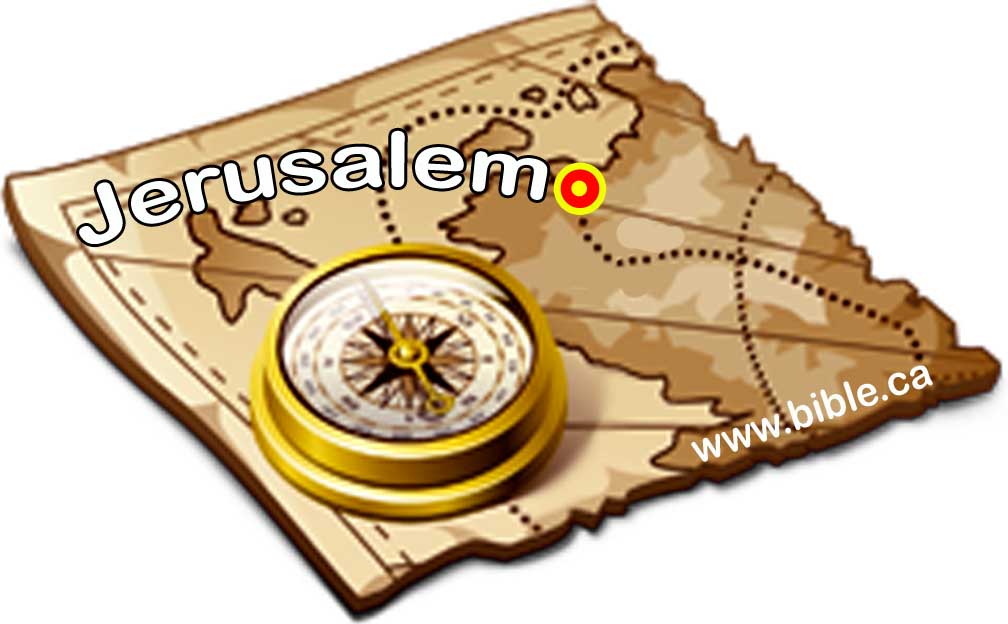
4. House of prayer finally went extinct and was replaced with synagogue:
a. 250-100 BC “place of prayer” (proseuche) was the predominant term from 280 BC down to first century AD.
b. 100 BC- 100 AD “Place of gathering”(synagogue) slowly replaced the term proseuche were in the first century AD, but both were in use during the apostolic age.
c. 200 AD: the term proseuche had become essentially extinct.
B. REPLACEMENT THEOLOGY: God’s transition plan from physical Temple worship to spiritual church-body worship:
1. The physical temple was where God’s ears, eyes, heart and name was located day and night, forever:
a. "The Lord said to him, “I have heard your prayer and your supplication, which you have made before Me; I have consecrated this house which you have built by putting My name there forever, and My eyes and My heart will be there perpetually." (1 Kings 9:3)
b. "If they take thought [lit: direct their HEARTS] in the land where they are taken captive, and repent and make supplication to You in the land of their captivity, saying, ‘We have sinned, we have committed iniquity and have acted wickedly; then hear from heaven, from Your dwelling place, their prayer and supplications, and maintain their cause and forgive Your people who have sinned against You. “Now, O my God, I pray, let Your eyes be open and Your ears attentive to the prayer offered in this place." (2 Chronicles 6:38-40)
c. "“Now My eyes will be open and My ears attentive to the prayer offered in this place. “For now I have chosen and consecrated this house that My name may be there forever, and My eyes and My heart will be there perpetually." (2 Chronicles 7:15–16)
2. The Christian’s human body is the temple of God where God’s eyes, ears, heart and name is:
a. "The Jews then said to Him, “What sign do You show us as your authority for doing these things?” Jesus answered them, “Destroy this temple, and in three days I will raise it up.” The Jews then said, “It took forty-six years to build this temple, and will You raise it up in three days?” But He was speaking of the temple of His body." (John 2:18–21)
b. "Or do you not know that your body is a temple of the Holy Spirit who is in you, whom you have from God, and that you are not your own?" (1 Corinthians 6:19)
c. The collective church is also a metaphoric temple: "Do you not know that you are a temple of God and that the Spirit of God dwells in you?" (1 Corinthians 3:16)
d. When non-Christians pray “through us” God will answer their prayers: "“Also concerning the foreigner who is not from Your people Israel, when he comes from a far country for Your great name’s sake and Your mighty hand and Your outstretched arm, when they come and pray toward this house, then hear from heaven, from Your dwelling place, and do according to all for which the foreigner calls to You, in order that all the peoples of the earth may know Your name, and fear You as do Your people Israel, and that they may know that this house which I have built is called by Your name." (2 Chronicles 6:32–33)
3. “Literal and personal indwelling of the Holy Spirit” advocates today argue for a literal indwelling in a metaphoric building.
a. Although the language of the Old Testament appears like God literally indwells the cloud, tabernacle and Temple, it was metaphoric and symbolic because “heaven and earth cannot contain God” much less a tiny building.
b. Although the language of the New Testament appears like the Holy Spirit literally indwells the human body, like the antitypical Old Testament cloud and temple, it is metaphoric and symbolic.
4. For the Christian, the indwelling is a metaphor for God’s fellowship: God’s ears, eyes, heart and name were there: 1 Kings 9:3; 2 Chron 6:18–20; 39-40; 7:15-16
a. Ears: prayer
b. Eyes: providential protection
c. Heart: love, compassion, grace
d. Name: “Christian”
5. Christians take their “inner room” with them everywhere and it entered when they close their eyes:
a. "“When you pray, you are not to be like the hypocrites; for they love to stand and pray in the synagogues and on the street corners so that they may be seen by men. Truly I say to you, they have their reward in full. “But you, when you pray, go into your inner room, close your door and pray to your Father who is in secret, and your Father who sees what is done in secret will reward you. “And when you are praying, do not use meaningless repetition as the Gentiles do, for they suppose that they will be heard for their many words. “So do not be like them; for your Father knows what you need before you ask Him." (Matthew 6:5–8)
6. The Jerusalem temple has been replaced by the Christian church at the death of Christ on 3 April 33 AD.
a. Jesus foretold the temple would be destroyed in Mt. 24 and Luke 21:20
b. "But when you see Jerusalem surrounded by armies, then recognize that her desolation is near." (Luke 21:20)
C. The Christian takes his very own temple (body) with him everywhere he goes:
1. Jesus DID NOT use synagogues are his primary physical place of prayer:
a. "In the early morning, while it was still dark, Jesus got up, left the house, and went away to a secluded place, and was praying there." (Mark 1:35)
b. "After bidding them farewell, He left for the mountain to pray." (Mark 6:46)
c. "When day came, Jesus left and went to a secluded place; and the crowds were searching for Him, and came to Him and tried to keep Him from going away from them." (Luke 4:42)
d. "But Jesus Himself would often slip away to the wilderness and pray." (Luke 5:16)
e. "It was at this time that He went off to the mountain to pray, and He spent the whole night in prayer to God." (Luke 6:12)
2. The psalms gives great prayer advice:
a. "In the morning, O Lord, You will hear my voice; In the morning I will order my prayer to You and eagerly watch." (Psalm 5:3)
b. "Let me hear Your lovingkindness in the morning; For I trust in You; Teach me the way in which I should walk; For to You I lift up my soul." (Psalm 143:8)
3. Today the Christian HIMSELF has replaced the physical Jerusalem temple as the vehicle of prayer.
D. The most important prayer ever made was when the Jews had crucified Jesus and He prayed:
“Father, FORGIVE THEM; for they do not know what they are doing.” (Luke 23:34)
By Steve Rudd 2017: Contact the author for comments, input or corrections
|
Jesus your messiah is waiting for you to come home! |
|
|
Why not worship with a first century New Testament church near you, that has the same look and feel as the Jewish Synagogue in your own home town. As a Jew, you will find the transition as easy today as it was for the tens of thousands of your forefathers living in Jerusalem 2000 years ago when they believed in Jesus the Nazarene (the branch) as their messiah. It’s time to come home! |
|
By Steve Rudd: Contact the author for comments, input or corrections.
Go to: Main Ancient Synagogue Start Page



